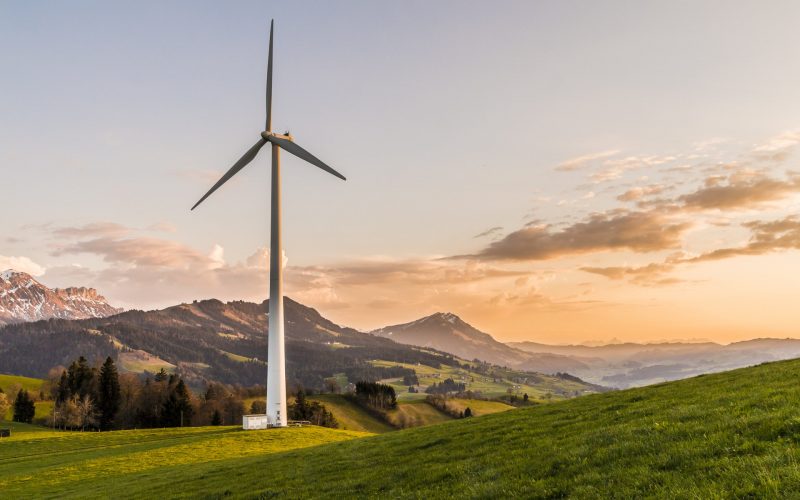Below are some carbon footprint facts that you likely know little about. Allow them to shape your opinion about your lifestyle habits and how they affect the planet. You’ll probably find six new reasons to go green if you haven’t already considered changing your ways already once you’ve read some of these fun facts about carbon!
The Type of Lawn Mower You Use Contributes to Your Carbon Footprint
It may be something you haven’t put much thought into but the type of machine that you use to mow your lawn contributes to the amount of CO2 you produce in a year as an individual. A push reel lawn mower is the best option because the only power it requires is what you provide physically. If you’re interested in knowing your carbon footprint, this formula helps you figure it out. It’s one of the most useful carbon footprint facts you’ll know.
Calculate the calories expended by taking the hours spent mowing multiplied by the number of mowings you do per year multiplied by 298 calories expended per hour of engaging in doing this type of lawncare. Your footprint is then the amount of calories burned multiplied by 0.0034 pounds of carbon per calorie. That’s the carbon footprint you create by using a push reel mower.

Grass Helps Reduce Greenhouse Gases Considerably
A well-kept lawn is an asset. An acre of grass takes on 1,500 kilograms of greenhouse gas each year. Switch grass helps sequesters an impressive 4,500 kilograms. The type of grass that you grow matters as much as how you decide to care for your lawn. Just like trees and plants can improve the ozone, so can grass! Making sure that your grass is healthy and thriving is a great way to reduce your carbon footprint a lot.
Certain Commercial Fertilizers are Very Bad for the Planet
There are environmentally-conscious lawn fertilizers available that do less destruction than some commercial fertilizers. These dangerous solutions produce 88 kilograms of greenhouse gases with every acre of land they’re used on as determined by NASA’s Christiine Milesi. Finding a company that specializes in greener lawncare can lower your footprint considerably.
There is CO2 Produced While Watering Your Lawn
The River Network held a study where it tested tap water. What they learned was that for every gallon of H2O used to water lawns, 0.14 ounces of CO2 was produced. Homes that weren’t mindful of their irrigation practices were in danger of having a bigger carbon footprint than those who hired professionals to handle the watering of their lawn for them. There is less wastefulness of valuable resources (water) and fewer carbon emissions taking place because the irrigation process is deliberate and careful.

Over 450 Kilograms of CO2 is Produced Yearly by Each Household
If you have an average size lawn that measures 6/10ths of an acre, you’ll be adding 475 kilograms of carbon to the atmosphere each year. Consider how each household with a lawn contributes to the destruction of our ozone layer. By changing how you approach lawncare, you can significantly reduce your carbon footprint and encourage everyone you know to do the same. It’s one of the interesting facts about carbon that the world needs to take note of.
Carbon Emissions Remain in the Atmosphere for 200 Years
Future generations are stuck cleaning up the mess that we create with our daily habits. One of the easiest ways to combat the issue is to be more mindful about how we care for our lawns going forward. If you’re the type of person who hasn’t put much thought about it in the past, it’s time to consider how your actions could affect your ancestors one day.

Teach Others What You’ve Learned About Reducing Your Carbon Footprint
When you possess fun facts about carbon, you can help others come to the same conclusion you have. They’ll feel more compelled to change their behaviors in alignment with their values. They’ll go the extra mile to make sure that they aren’t doing things knowingly and unknowingly to harm the planet and its inhabitants.
Now that you’ve learned interesting facts about carbon and how it affects the planet, you’ll be better equipped to change your habits concerning consumption and the production of harmful Greenhouse Gases. You’ll start to see why your behavior contributes to environmental crises and how making simple changes in your life can improve conditions around you dramatically. More importantly, you’ll be able to share your experience with others and hopefully influence them to become more educated about carbon.
